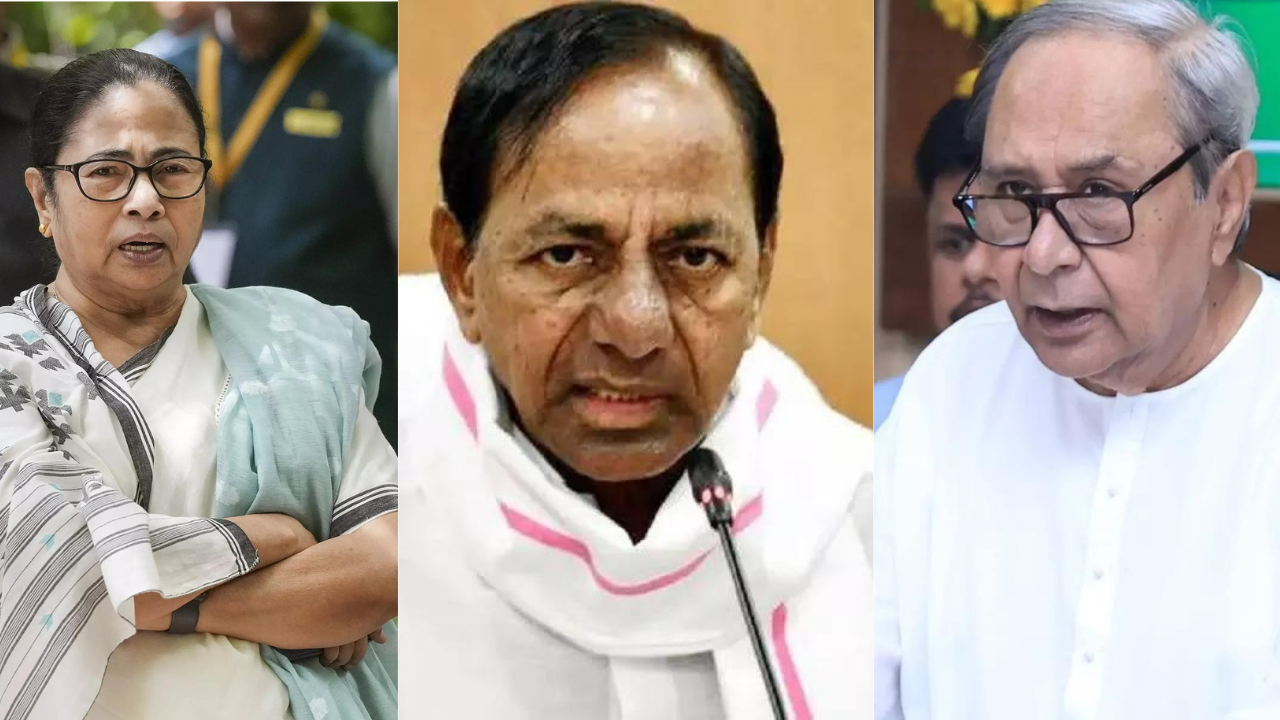Did you know that before the Supreme Court pulled the plug on electoral bonds, regional parties raked in a massive amount of cash? This bombshell revelation from recent election audit reports paints a fascinating picture of Indian politics. Hold onto your hats, because the numbers are staggering! We're diving deep into the world of electoral bonds and their impact on India's political landscape.
Electoral Bonds: The Political Cash Cow?
The Supreme Court's decision to scrap electoral bonds sent ripples throughout India's political circles. But the real story lies in the sheer volume of money these bonds funneled into regional parties' coffers. Before their demise, these bonds became a major source of funding, with some parties receiving an astonishing percentage of their income from this source. The Election Commission's reports reveal startling statistics, transforming our understanding of campaign financing in the country.
Top Recipients of Electoral Bond Donations
Let's start with the big players. The Trinamool Congress (TMC) leads the pack, boasting a whopping Rs 612.4 crore in electoral bond receipts between March 31, 2023, and February 15, 2024. That's 95% of their total income! The BRS party isn't far behind with Rs 495.5 crore (72% of their total income), and the BJD follows with Rs 245.5 crore (82% of their total income). Other major beneficiaries included the TDP, YSRCP, DMK, JMM and the SDF, showcasing the sheer influence of these bonds in regional politics.
How Electoral Bonds Reshaped Political Funding
The data paints a compelling narrative. For some, these bonds were the lifeblood of their finances. A massive increase in income via electoral bonds is seen in several parties. For example, The TMC saw an 88% jump in receipts between 2022-23 and 2023-24! This trend repeats across different parties but there are exceptions to it as well, some parties even saw decreases, indicating the volatility of funding via bonds. The varying degrees to which parties were impacted show a dramatic disparity of dependance on these bonds. Examining these figures shows us a fascinating shift in how India's regional parties raise funds.
National Parties and Electoral Bonds: A Different Story
National parties show a somewhat different financial picture when it comes to electoral bonds. While the AAP is the only national party which revealed donations via bonds for 2023-24 fiscal year via a combined category with donations through electoral trusts. It declared Rs 10.1 crore, accounting for more than 44% of its total income that year. This illustrates how even for national parties, electoral bonds still formed a crucial source of funding, albeit to a slightly lesser degree than some regional parties.
Comparing Income and Expenditure
Analyzing the income and expenditure reported by several parties, regional as well as national, provides a fuller financial picture for each entity. It is noted that both income and expenditure figures have wide variations across all the entities. The analysis can therefore assist to better understand financial stability and financial planning methodologies used by these entities.
The Future of Political Funding in India
The Supreme Court's decision to scrap electoral bonds marks a significant turning point for political funding in India. While transparency remains a major challenge, the decision highlights a broader conversation about campaign finance reform. These parties' dependency on a now discontinued funding scheme begs the question, how will they handle funding moving forward, particularly given the variations seen in financial planning based on what this report revealed? This development leaves a considerable gap in the campaign finance scheme, how will this scheme be improved on now that a substantial aspect of the scheme is gone? The road to ensuring fairer and more transparent funding is a long and winding one.
Impact on Regional Political Dynamics
The implications are far-reaching. The heavy reliance of some parties on electoral bonds could reshape political dynamics and party strategies. A crucial aspect of this analysis concerns future funding mechanisms that will ensure transparency in funding while still providing a feasible means of securing necessary funding to political campaigns. Political parties may have to seek out different strategies of funding moving forward that must abide by the guidelines in place while still managing to stay viable for political elections and campaigns.
Take Away Points
- Electoral bonds played a massive role in regional party funding before being scrapped.
- TMC, BRS, and BJD received the highest amounts through this method.
- National parties showed different patterns, with AAP declaring a substantial portion of its income through electoral bonds.
- The elimination of electoral bonds opens a debate on political finance reform and its broader implications for Indian politics.









